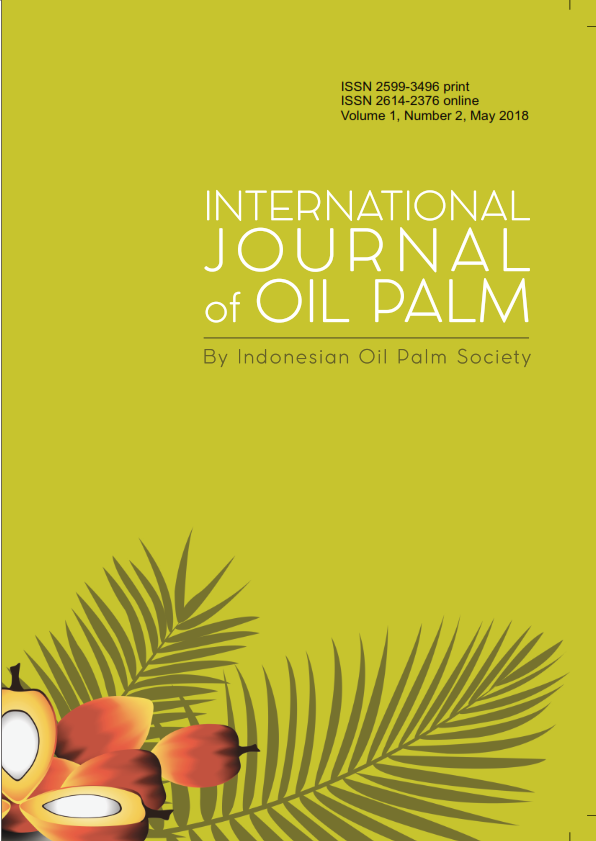Characteristics of Palm Oil Biodiesel Produced with a Static Mixing Reactor
Abstract
Current industrial production of biodiesel uses the batch system with a mechanical stirrer to overcome the immiscibility nature of triglycerides and methanol with the help of potassium hydroxide (KOH) as a catalyst. Utilization of a static mixer gives a more rigorous stirring process and could be expected to reduce the catalyst requirement. The objective of this experiment is to investigate the performance of a static mixing reactor for continuous biodiesel production from palm oil feedstock, and to characterize its main properties, such as density and viscosity, as required for fuel grade. The experiment was conducted in a laboratory scale continuous static mixing reactor using palm olein as feedstock. The oil to methanol molar ratio was 1:6 and KOH with concentration 0.3% and 0.5% as catalyst. The reaction temperature was 53 °C and 63 °C. The reaction products were analyzed using the Gas Chromatograph (GC) and the composition of 41.15% methyl oleate, 36.55% methyl palmitate, 9.45% methyl linoleate, and 4.05% methyl stearate as the main products were found. The viscosity and density of the mixed fatty acid methyl ester at the outlet of the static mixing reactor was found to be 4.99 mm2 s-1 and 851.66 kg m3 -1, respectively. The study showed that the number of modules used in the static mixing reactor can enhance the mixing rigorousness and reduce the requirement of a catalyst. The increase in the module numbers can be expected to increase the reaction conversion to the necessary level.




